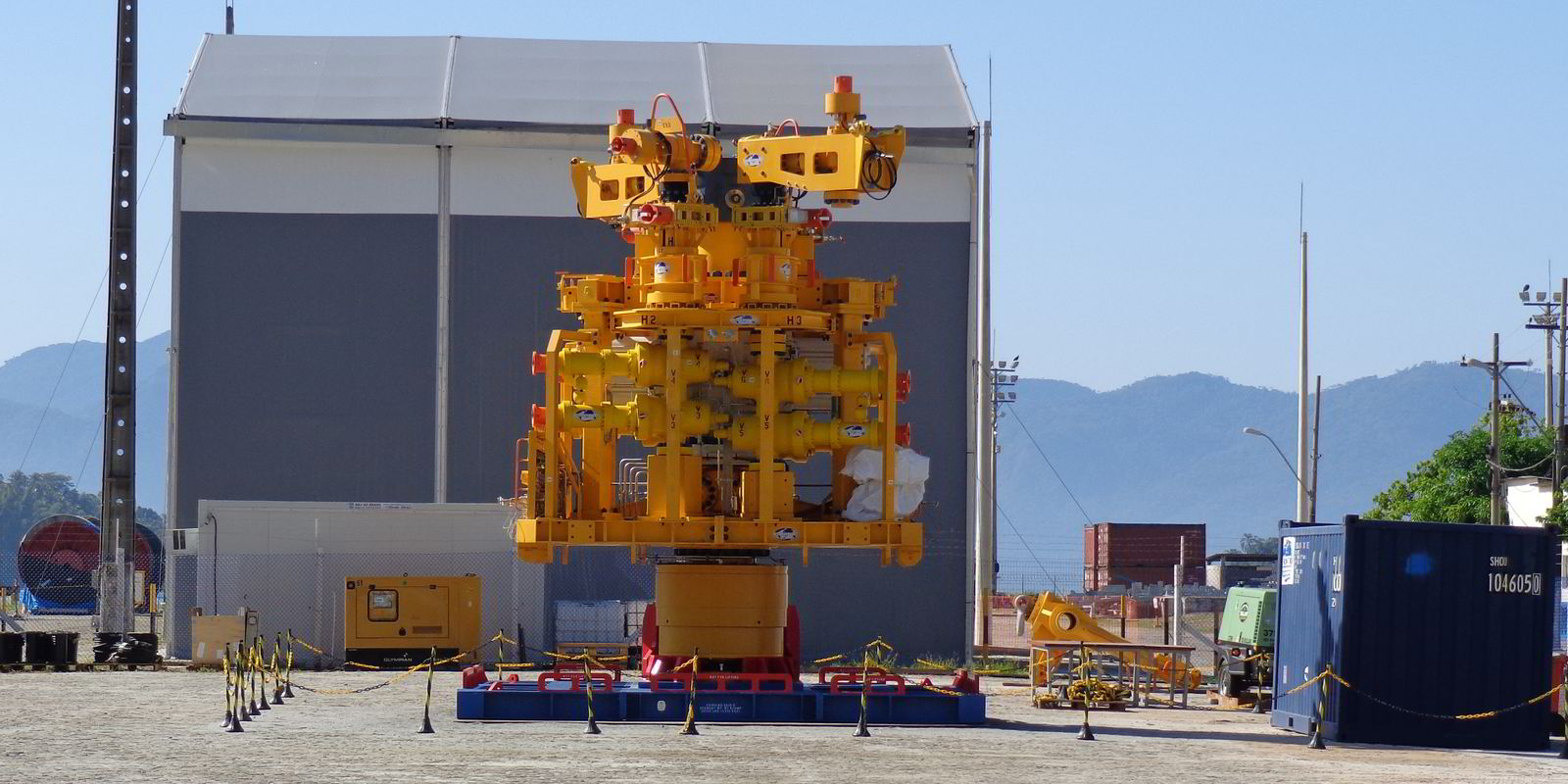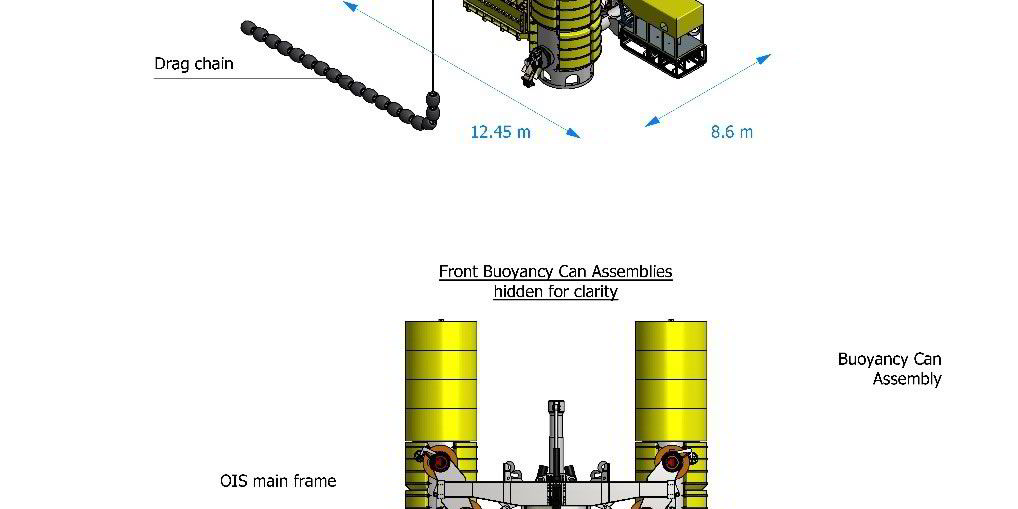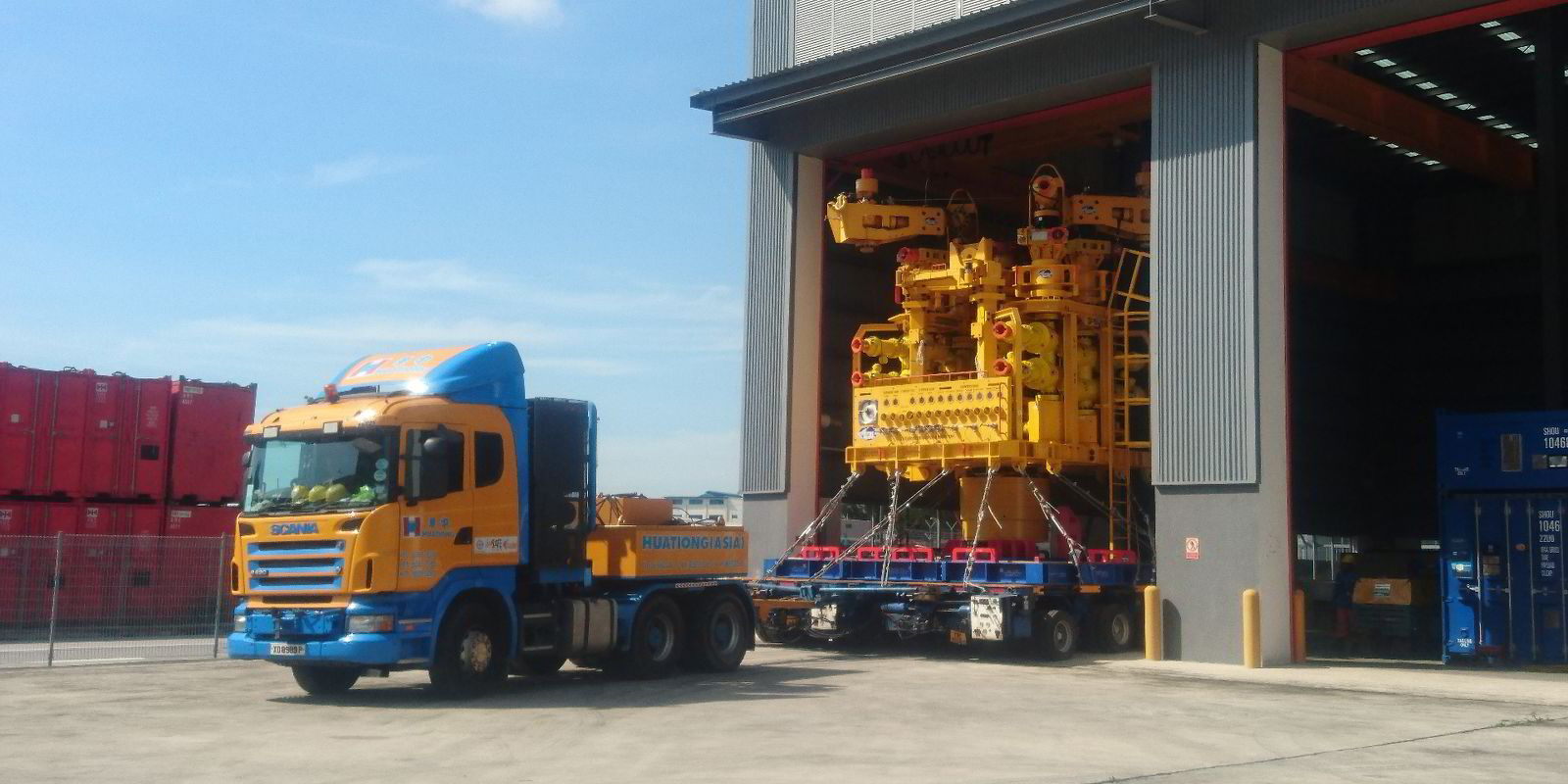The oil and gas industry co-operative Oil Spill Response (OSRL) is close to finalising an agreement with Halliburton and Trendsetter Engineering that the company says will beef up its ability to respond quickly to well control events worldwide.
Houston-based Trendsetter, which designed and delivered OSRL’s well capping and containment systems, and Halliburton’s Boots & Coots well control division will give OSRL member companies access to trained response personnel and subject matter experts and support the organisation’s preparedness activities.
OSRL will still be responsible for maintenance and deployment of its well control equipment, which currently includes four capping stacks and two subsea incident response systems stored in locations with good proximity to major offshore oil producing regions.
The strategic alliance will be especially valuable for smaller operators, which may lack internal well control resources, says OSRL’s Subsea Well Intervention Services director Matt Clements.

While the larger companies in the co-operative generally have staff qualified to respond to a subsea well control incident, “the smaller operators may need some help”, Clements says.
“This gives them support they can call on. They don’t have to employ all these people internally, they can bring in the expertise.”
OSRL and the two service providers signed a memorandum of understanding in May 2017 and the companies hoped to formalise the agreement by the end of the year.
The 2010 Macondo incident in the deep-water Gulf of Mexico exposed the industry’s lack of preparedness for major subsea well accidents and ushered in a wave of drilling regulations, including requirements that operators have response plans in place and access to capping and containment equipment in the event of a blowout.
OSRL , in collaboration with the Subsea Well Response Project (SWRP), formed Subsea Well Intervention Services (SWIS) in 2013 to provide subsea intervention equipment to its member companies.
The four capping systems are stored and maintained in Singapore, Brazil, Norway and South Africa. The two subsea response kits, which include equipment for debris clearance, subsea surveillance and dispersant application, are kept in Brazil and Norway.
Two well control incident response organisations, the Marine Well Containment Company and HWCG, operate exclusively in the Gulf of Mexico.
Shallow-water system
SWRP, established in 2011 as a non-profit joint initiative of nine major oil and gas companies, is expected to take delivery of equipment in 2018 that will allow responders to install a capping and containment system or clear debris from a safe distance when conditions prevent direct vertical access to the wellhead.
The equipment, provided by Saipem, includes a mobile carrier fitted with adjustable buoyancy that can be used to install or remove containment equipment up to 500 metres away from the well, in shallow-water depths of 75 to 600 metres.
The offset equipment will be maintained by Saipem and stored at the Italian company’s yard in Trieste.
Delivery of the system will complete the SWRP’s mission, but research and development will continue to expand the capacity of capping and containment hardware, Clements says.
Current systems can operate in water depths up to 3000 metres and at pressures up to 1000 psi. Member companies have expressed interest, he says, in developing the technology to raise the bar to 3500 metres of water and 20,000 psi pressures.

The organisation is also exploring logistical options that could speed deployment, says SWIS manager James Burroughs.
“All of our equipment on the capping side is easy to transfer on vessels, or can be broken down for air freight,” he says.
The organisation is looking into the feasibility of shipping assembled capping equipment on larger aircraft when possible, Burroughs says.
With the full suite of response equipment in place, OSRL will increase its emphasis on preparedness. The strategic alliance with Trendsetter and Boots & Coots, says Clements, is key to that goal.
“By using these two organisations, we can offer a much broader range of preparedness services,” he says. “We’re creating a larger, stronger team to support the complex functions of the capping stack.”
